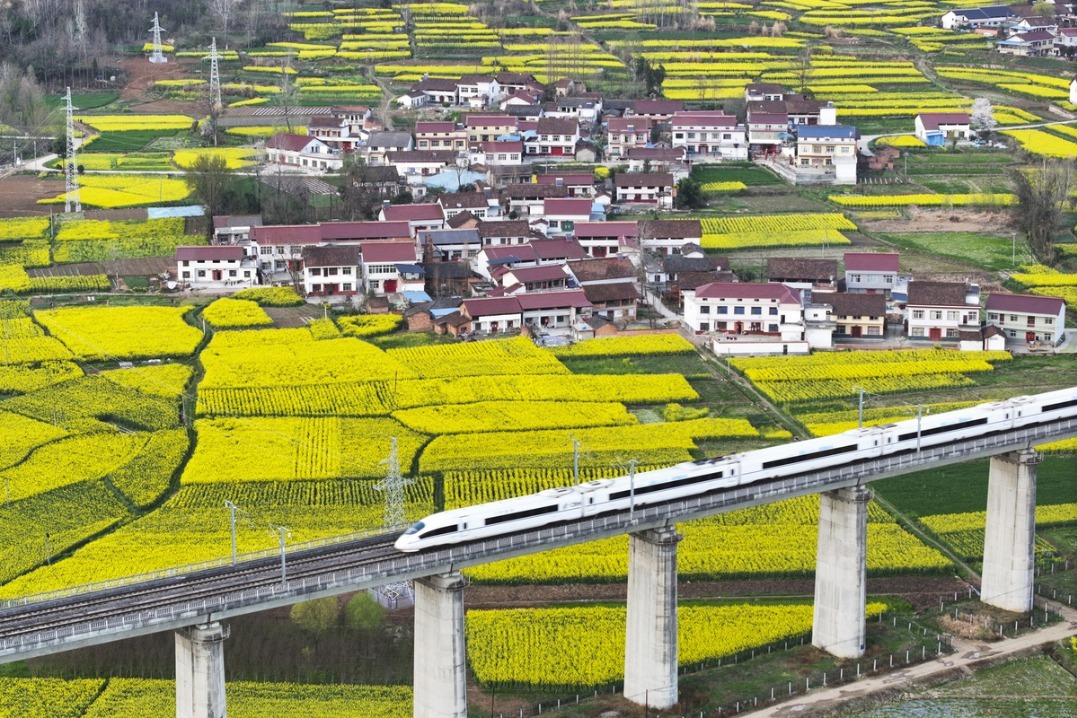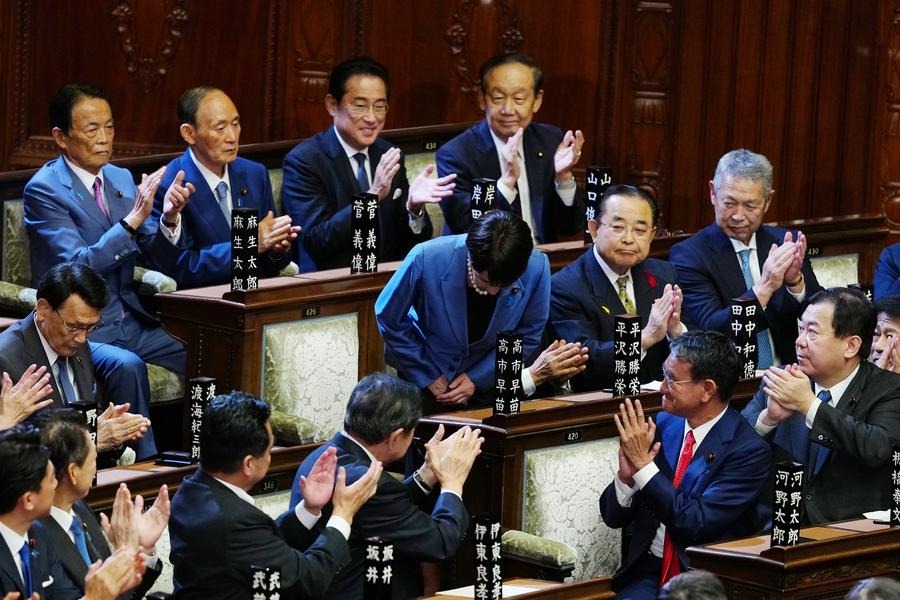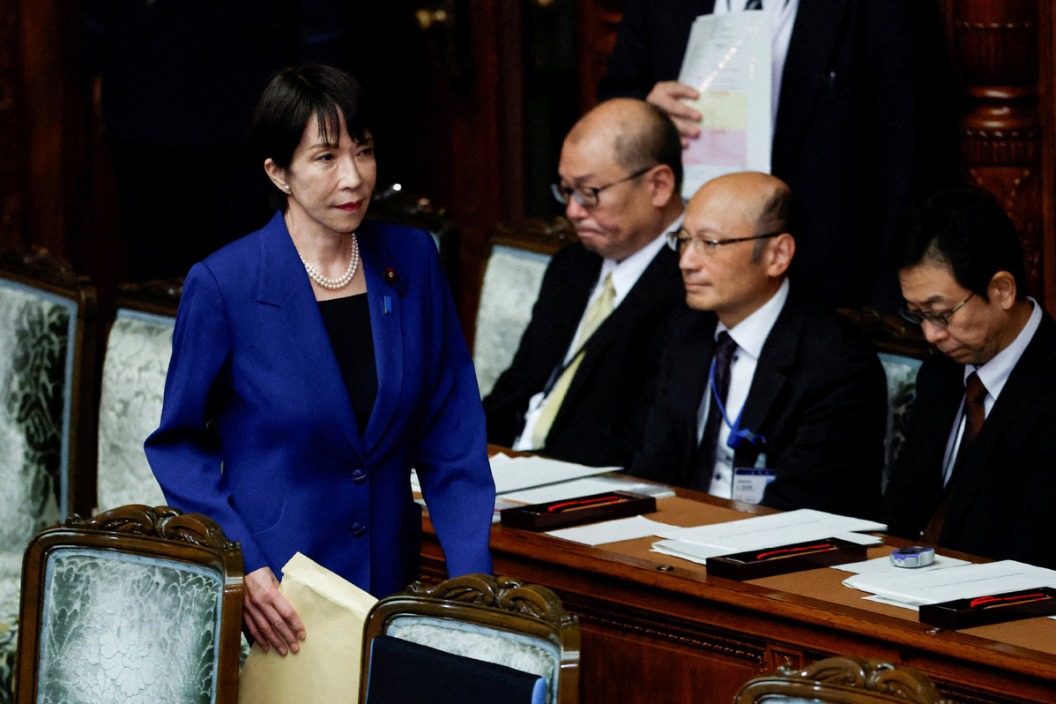Coming of age


After maturing for 15 years, BRICS is all set to take a bigger role on the world stage in the New Era
Turning 15 is marked as a significant moment of maturity in many cultures around the world.In Latin America, for example, the "quinceañera", or in Brazilian Portuguese, the "festa de quinze anos" marks the transition to adulthood for young women. In China, it generally corresponds with finishing compulsory middle school and then transitioning to either high school or vocational training. In South Africa, upon reaching 15, one can choose to leave school, be employed and get married with parental or guardian consent.
The 2023 BRICS summit is the group's 15th annual summit, in a year that will likely be remembered as marking when BRICS came of age. International organizations are not like children, of course, but they do struggle to survive in their early years, needing great care and attention, and inevitably go through significant changes as they start to mature in a world that is constantly changing.
Initially, many doubted that BRICS would last even a few years. Originally merely an acronym for global trade specialists referring to the leading emerging economies of Brazil, Russia, India and China, South Africa was added to give the grouping an African representative and BRICS was born. But what did these economies have in common, critics asked? What was the logic of their association?
In fact, the answers should have been obvious from the beginning: China is the world's second-largest economy, which has most advanced industrial system, is the world leader in green innovation and renewable energy, and has more than 400 million middle income earners. Beijing now leads international peace and development efforts, especially in the Global South, with projects such as the Belt and Road Initiative, the Global Development Initiative and the Global Security Initiative, among others.India is the most populous nation, the anchor of South Asia, and one of the fastest growing economies in the world. Russia is a strategically powerful, energy-rich and technologically advanced economy. Brazil is the anchor of South America and a resource-rich and agricultural powerhouse. South Africa is the financial anchor of Africa and the continent's second-largest but most industrialized, diversified and technologically advanced economy, and one of the world's leaders in mining and mineral production.
In short, these economies were not very similar in terms of their strengths and weaknesses or even their stages of development; nevertheless, they were complementary in a Ricardian sense of the word, insomuch as they could trade with each other and maximize their comparative advantages without resorting to the sort of zero-sum games they typically encountered when trading with the developed nations of the Global North. But most importantly, what these countries each experienced were obstacles from Western-dominated international financial institutions, indeed a problem faced universally by emerging economies and most countries in the Global South. So the fact is they were economically compatible but also shared similar geopolitical concerns related to the systemic suppression each faced as they pursued their own development paths.
Unsurprisingly therefore, BRICS has thrived. So much so, up to 40 countries would now like to join the organization. And this presents the current BRICS members with a dilemma. On the one hand, they're pleased with their success and popularity. On the other hand, inviting new countries to the group carries different risks and rewards for each member, and these have to be balanced in ways that strengthen the association rather than undermine it.
The current BRICS members do not hold a fully consistent position regarding the expansion of the BRICS. We might see a compromise with a deepening of the BRICS-plus paradigm, with the group getting bigger overall but longer periods required for full membership, or we may see a multi-tiered approach, where the benefits of current full members will be fully respected and not diluted, with new members being gradually eased through protracted negotiations, a bit like the World Trade Organization. We might simply see one or two countries added in the near term.
This is an inevitable growing pain, but the value of getting bigger is greater than staying as it is.BRICS has continued to move forward because it's always been motivated to solve problems associated with the Western hegemony, to put it bluntly. Meanwhile, the United States' efforts to maintain its hegemony have only intensified, especially through its dominance of the global financial system. This in turn has helped the BRICS members override the development and ideological differences among them. They have resisted Western attempts to isolate the current Russian and Brazilian governments, and even looked past the sometimes deadly border dispute between China and India. It's also why all are looking for alternatives to the dollar in trade, and why the BRICS-affiliated New Development Bank is moving forward.
Altogether, these are some of the many reasons why BRICS "festa de quinze anos" is a celebration of maturity and its shouldering of greater responsibility, signaling its further growth and the possibility of bigger dreams coming true with each step forward in this new era of multipolar, international relations. It's hard to know what we'll call BRICS in the future when new members join, but it seems certain we'll call this association a "success", one that helped emerging economies escape income traps and the rest of the developing world break out of neo-colonial patterns of systemic underdevelopment and even, we hope, perpetual cycles of poverty, violence and war.
The author is a professor of politics and international relations at East China Normal University and a senior research fellow with the Institute for the Development of Socialism with Chinese Characteristics at Southeast University and the Hainan CGE Peace Development Foundation. The author contributed this article to China Watch, a think tank powered by China Daily.The views do not necessarily reflect those of China Daily.
Contact the editor at editor@chinawatch.cn.


































